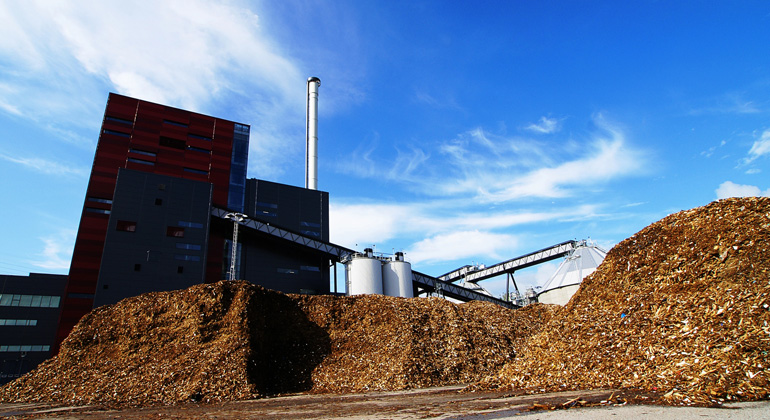Carbon removal on climate plantations: only a fraction of the feasible would also be sustainable
A study in the top journal Science identifies potentials, and warns that the fight against global heating should not ignore problems such as food insecurity and biodiversity loss.
At 11.3 billion tonnes of CO2 per year, the Intergovernmental Panel on Climate Change (IPCC) has estimated the maximum “technical potential” of so-called climate plantations: binding CO2 from the air by cultivating particularly fast-growing plants, then burning them in biomass power stations while capturing and storing the carbon emissions. And the technical potential for afforestation and reforestation is a further 10.1 billion tonnes annually. A study now supplements this formal assessment with significantly lower “sustainability limits” as a benchmark for policymakers. The study was co-authored by the Berlin-based climate research institute MCC (Mercator Research Institute on Global Commons and Climate Change), and published in the renowned journal Science.
To remove the resulting total of 21.4 billion tonnes of CO2 from the atmosphere every year as estimated by the IPCC – more than half of current emissions – climate plantations and additional forests would have to cover around 29 million square kilometres. That is the equivalent of three times the area of the USA. “It is obvious that this is by no means feasible,” explains Felix Creutzig, head of the MCC working group Land Use, Infrastructure and Transport and a co-author of the study. “Admittedly, it is useful to assess what is feasible from a purely technical point of view, as input for climate models to map the maximum scope of possibilities for limiting global heating to 1.5C, for example. But this increasingly encourages politicians to do too little in terms of CO2 emissions, and to promise great things in terms of carbon removal instead. This study provides a contrasting view.”
In the Nationally Determined Contributions that form the core of the Paris world climate agreement, governments have already reserved 12 million square kilometres for land-based carbon removal by 2060. That is almost as much as the current global cropland. According to the study, this will jeopardise future food security and may also accelerate the already dramatic extinction of animal and plant species, exacerbate water scarcity, violate other planetary boundaries, and destroy the habitats of indigenous peoples.
Accepting a “medium risk” with regard to these land-use related aspects in view of the climate crisis, and drawing on the scientific literature, the research team derives novel threshold figures: the sustainability limit for carbon removal on climate plantations (in technical jargon “Bioenergy with Carbon Capture and Storage”, BECCS) is 1.4 to 2.9 billion tonnes of CO2 per year – depending on how efficiently the biomass power plants generate energy and capture CO2. For afforestation and reforestation, the sustainability limit is 3.8 billion tonnes. So, in both areas, only a fraction of the technically feasible would also be sustainable.
“An important field of research is to shed more light on these sustainability limits, together with the limits of other extraction options such as via the oceans or through air filter systems,” emphasises MCC researcher Creutzig. “The real scope of possibilities is definitely smaller than the climate models suggest. Politicians will have to carefully prioritise the hard-to-avoid residual emissions that will be offset by carbon removals in a future climate-neutral world. And they must link the fight against global heating more closely with other existential issues such as the fight against food insecurity and species extinction.”
- Reference of the cited article: Deprez., A., Leadley, P., Dooley, K., Williamson, P., Cramer, W., Gattuso, J., Rankovic, A., Carlson, E., Creutzig, F., 2024, Sustainability limits needed for CO2 removal, Science
- www.science.org/doi/10.1126/science.adj6171








